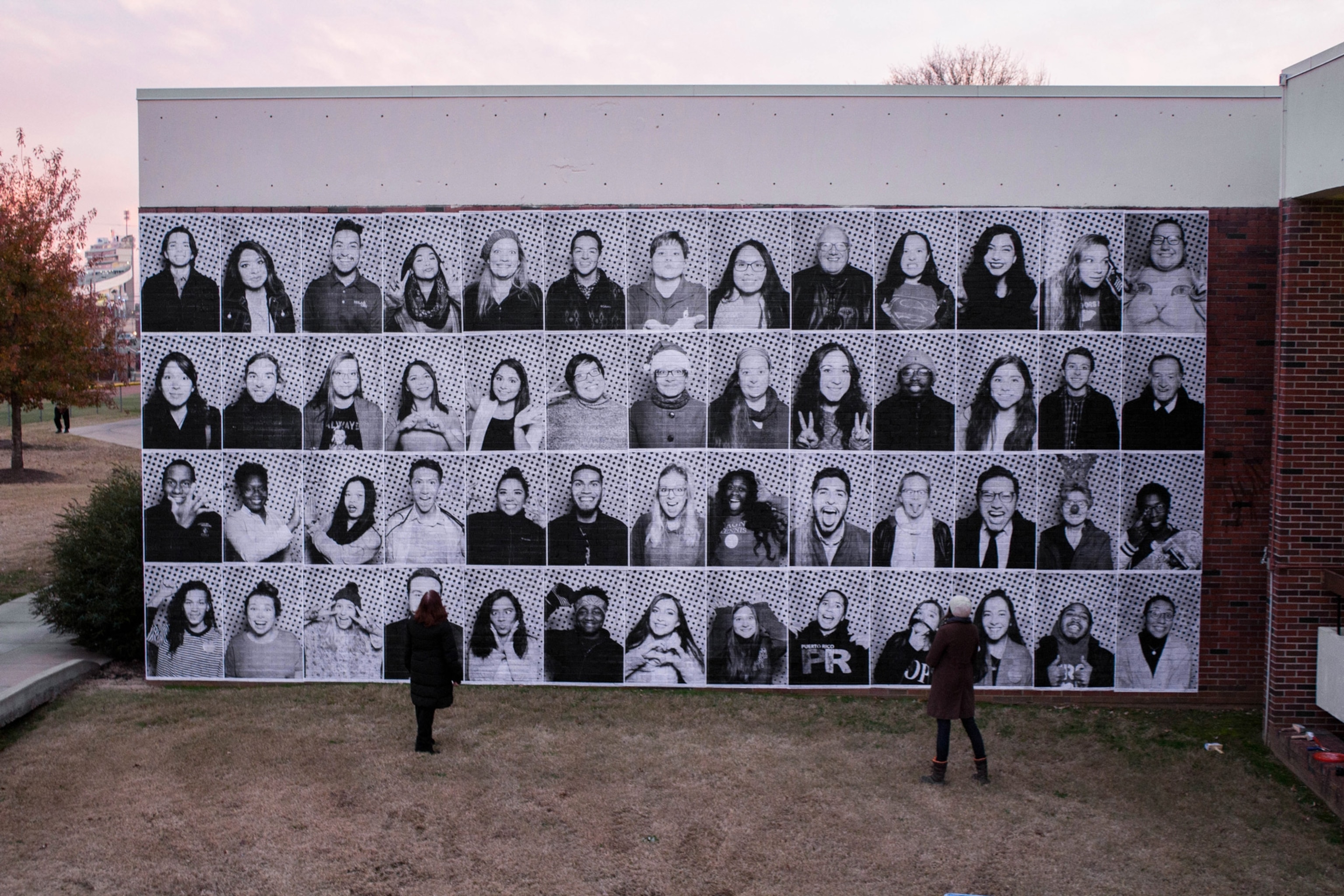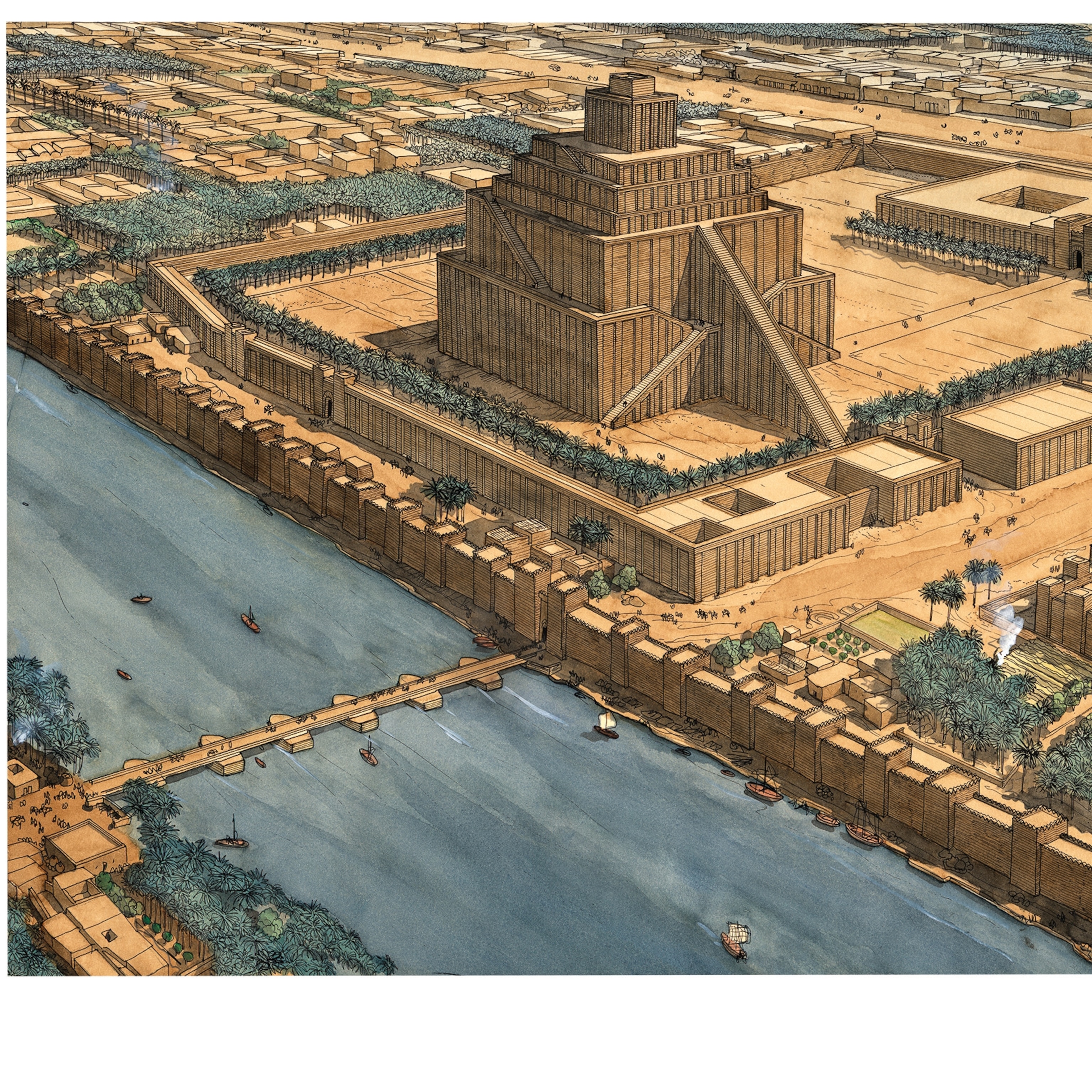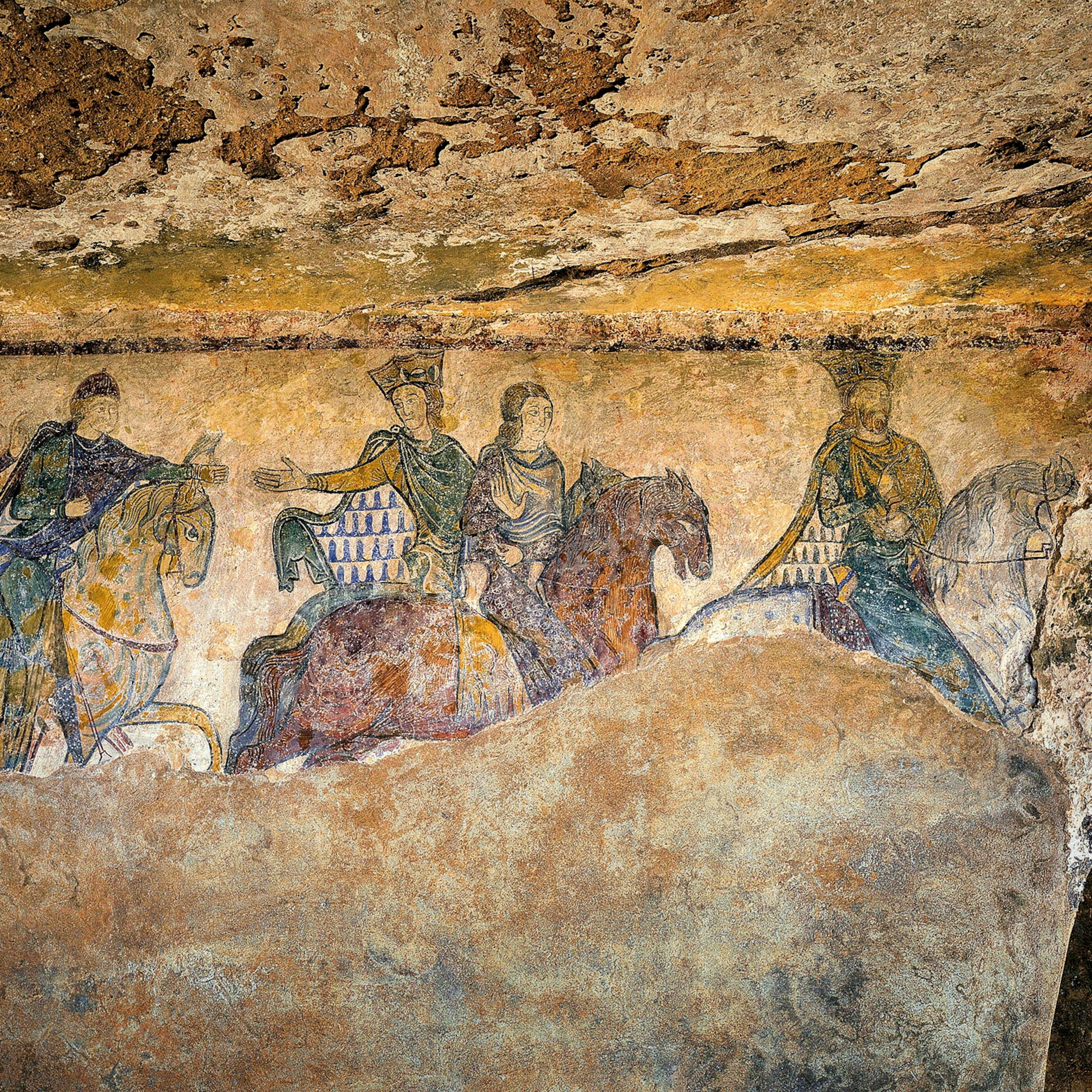
Why DACA—and Dreamers—are forever in a state of limbo
They were brought to the U.S. as children—and for many, it’s the only home they’ve ever known. Here’s what you need to know about the many roadblocks facing DACA and Dreamers.
For millions of people brought to the United States without documentation as children, simply existing can mean breaking the law. Many don’t have the legal paperwork that allows them to work, drive, or attend school. And even though they may speak fluent English, know no other country, and consider themselves American, the threat of deportation is always present.
“I’ve lost a lot in life due to my undocumented status,” Fatima, a 29-year-old student brought to the U.S. from Bangladesh when she was a year old, told the National Immigration Law Center. Without legal status, she said, “I am in limbo forever.”

The people living in this state of suspended reality are known as Dreamers, so named for the legislation that attempted to reconcile their legal status more than 20 years ago.
But like Dreamers themselves, these efforts remain in limbo too: The DREAM Act never passed—and DACA, the program that took up its mantle, is under fire today. Here’s what you need to know.
What was the DREAM Act?
People have brought their children to the U.S. without authorization throughout American history. But it would take until the 21st century for efforts to protect this largely overlooked population.
In early 2001, Democratic Senator Dick Durbin and Republican Senator Orrin Hatch introduced a landmark piece of legislation that would have created a path to legal residency and citizenship for some of these immigrants. Durbin pursued the legislation after hearing about the barriers faced by his undocumented constituents, including Tereza Lee, a South Korean immigrant known as “the original Dreamer.”

It was the beginning of a long and bumpy legislative road for the “Development, Relief, and Education for Alien Minors Act,” or the DREAM Act. Throughout the years that followed, the proposed law was revised and amended. It was even proposed as a potential way to increase enrollment in the U.S. Armed Forces after the September 11, 2001 attacks.
Still, the law and its different permutations faced stiff opposition in both chambers of Congress. Though the proposal was bipartisan in origin, the law only found few Republican co-sponsors after the 9/11 attacks. Some states slowly adopted their own laws protecting undocumented youth, but the DREAM Act languished for more than a decade in Congress. By 2012, the U.S. began to consider other ways to shield unauthorized childhood arrivals.

What is DACA?
Under pressure from immigrant rights organizations, President Barack Obama’s administration responded with a program known as the Deferred Action for Childhood Arrivals, or DACA.
In 2012, then-Secretary of Homeland Security, Janet Napolitano, issued a memorandum that ordered immigration enforcement agencies not to prosecute a certain subset of people who had “lacked the intent to violate the law” when they entered the country as children.
(Read other National Geographic stories of migration.)
That group included U.S. residents under the age of 31 who, among other criteria, had entered the country before turning 16, had pursued education or military service, and who had not been convicted of misdemeanors or felonies or deemed threats to public safety. DACA allowed eligible people to apply for a deferral that could be renewed in two-year increments.
The new policy opened the floodgates: In 2012 and 2013 alone, DHS accepted over 580,000 applications, most of which were ultimately approved. Though individuals from more than 195 countries applied, the vast majority—81 percent in total—were born in Mexico. Most entered the country when they were four or five years old.

Roadblocks for DACA and Dreamers
But DACA faced additional roadblocks. In 2017, newly elected President Donald Trump fulfilled a campaign promise when his Attorney General, Jeff Sessions, rescinded the program, calling it an “open-ended circumvention of immigration laws” and an “unconstitutional exercise of authority by the Executive Branch.”
The decision triggered a U.S. Supreme Court challenge, and in 2020 the court, which had previously deadlocked over an attempt to expand the policy, ruled that Trump administration officials had not complied with procedural requirements when they rescinded DACA.
After President Joe Biden’s administration renewed the program in 2021, it was ruled unconstitutional by a Texas district court and federal appellate courts, which found the administration had not complied with the federal administrative laws. But the appeals continue, and legal analysts predict a return to the Supreme Court. Meanwhile, the DACA program was allowed to temporarily continue for those already covered pending additional judicial review.
How DACA affected participants
DACA’s future remains uncertain, but it has broad support among Americans. One 2020 study by the Pew Research Center found that about three-quarters of U.S. adults support legal status for immigrants brought to the country as children.
Meanwhile, research about the program shows how important it has been for the communities it benefits. Researchers have found that people who are eligible for DACA are 38 percent less likely to live in poverty than their unauthorized counterparts and that the program significantly increased graduation rates, eased transitions into adulthood, and improved their mental health and well-being.
(Deported migrants struggle to start over in a place that doesn't feel like home.)
However, other studies suggest that these gains are limited thanks to the uncertainty that surrounds these programs, and DACA recipients themselves report grief and stress about their futures.
Finding their voices
However, both Dreamers and DACA recipients have found a voice in the last two decades, emerging from the shadows to advocate for themselves and others who lack authorized immigration status. Despite the danger of arrest and deportation, immigrant youth and young adults have found powerful ways to participate in the democracy in which they live.
From public protests and civil disobedience to working with legislators and lobbyists to simply claiming their right to exist in the open, they continue to push for change in the face of continued uncertainty. And they aren’t done yet.
“We are unapologetic about our vision for the future—where every person has the freedom to move and freedom to stay,” Greisa Martinez Rosas, executive director of the largest immigrant-led youth organization in the nation, United We Dream, said in a December statement. Immigrant youth won’t stop, she said, until they can secure gains for all. “We are one community, and we will continue to organize to protect people and reach true justice.”








